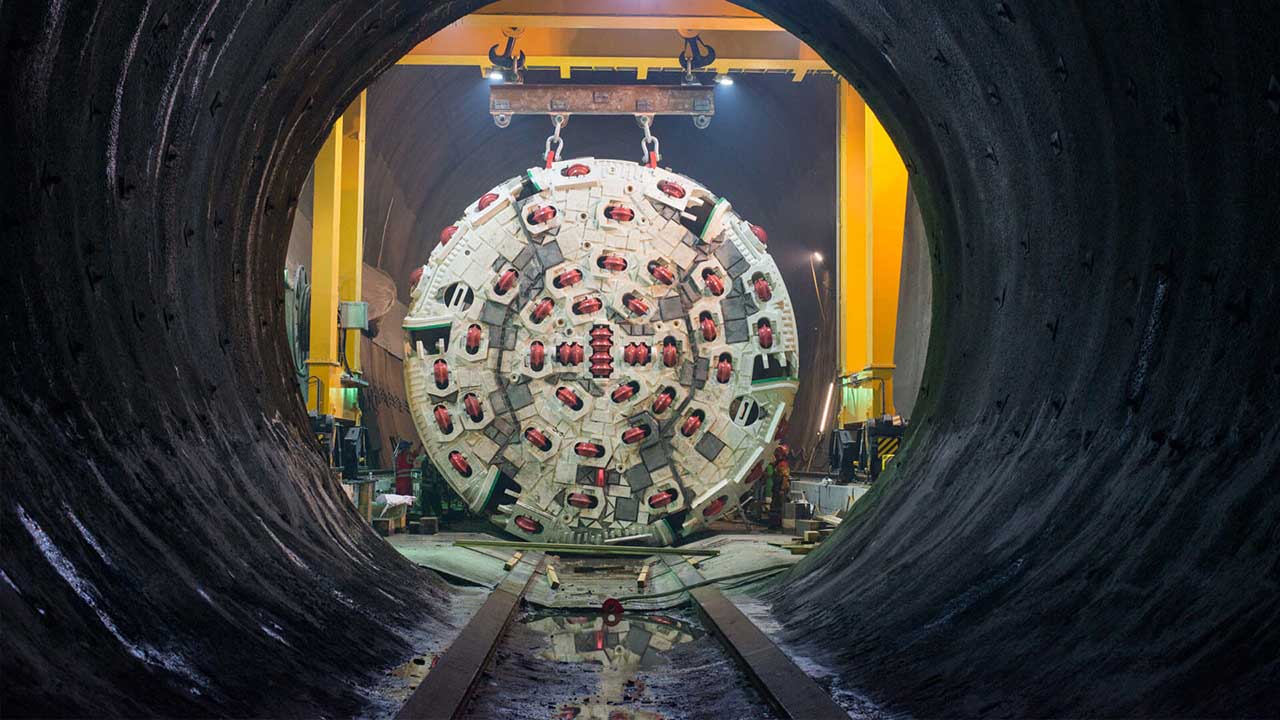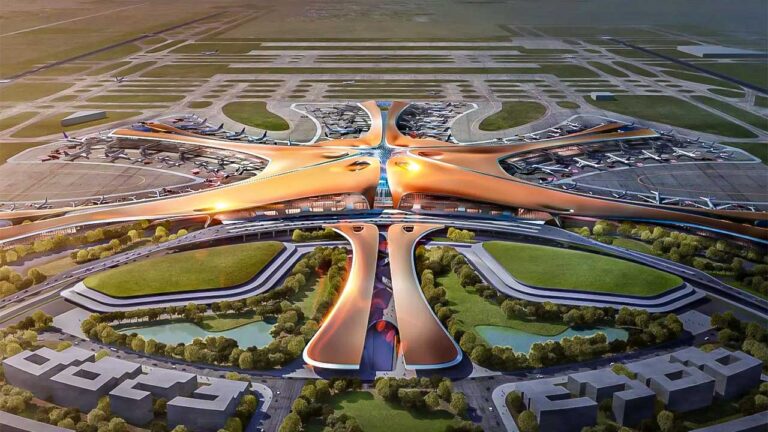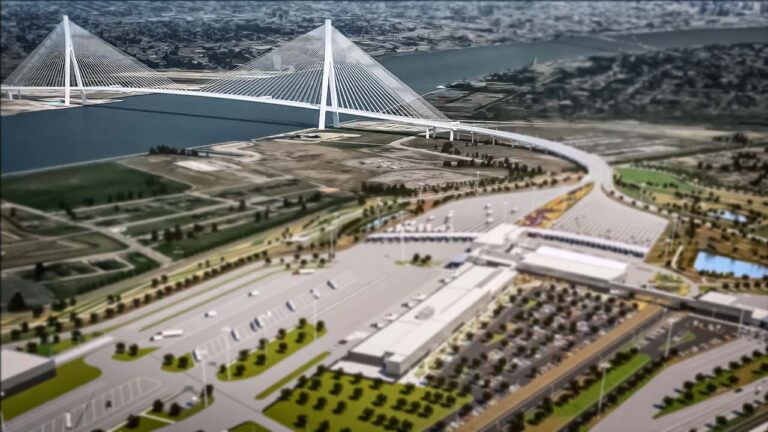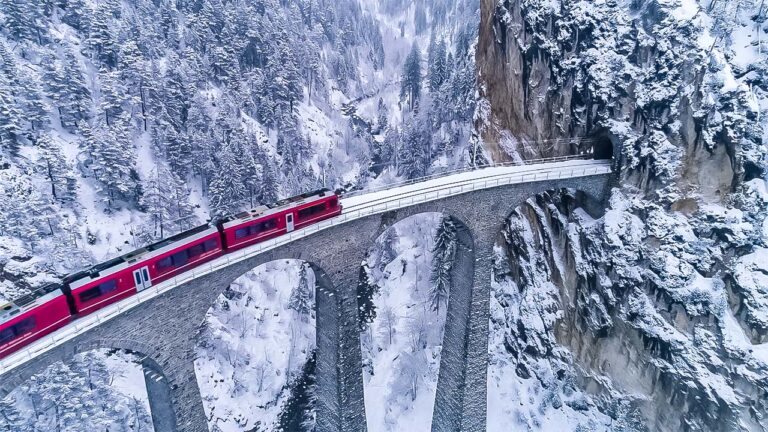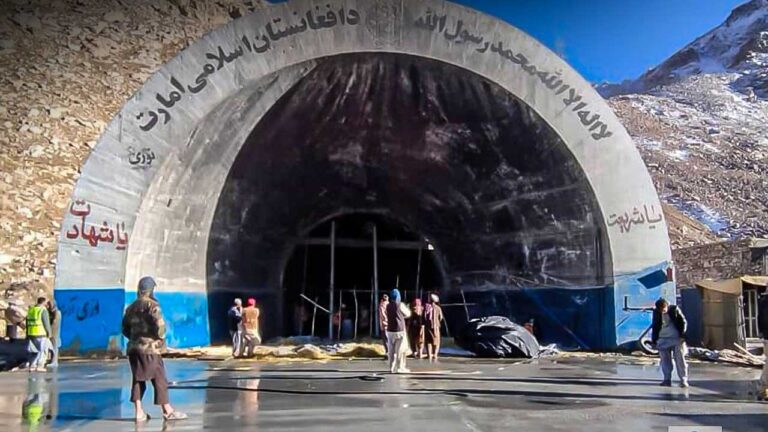Brenner Base Tunnel: The World’s Longest Railway Tunnel in the Mountains
The Brenner Pass, which crosses the Alps and forms the border between Italy and Austria, is one of the main passes of the Eastern Alpine range and has the lowest altitude among the Alpine passes in the surrounding area. Between 1970 and 1999, highway freight in this region increased sevenfold, from 3 million to 22 million tonnes, making the Brenner Pass one of Europe’s busiest mountain corridors. Passenger and freight traffic across the Alps has increased significantly in recent years and is expected to more than double in the near future.
The Brenner Pass, open all year long, has been a major entry point to Italy from the north since Roman times and has served as the principal route between the Eastern Alps in Germany and the Po River valley in Italy since the 14th century. It remains one of Europe’s great trade routes. Being one of the most important traffic connections between northern and southern Europe, the motorway over the Brenner Pass is infamous for its frequent traffic jams. Pollution from transit traffic is a major concern, exacerbated by temperature inversions and the narrow shape of the valleys leading to the pass.
Also Read: Willow Project: The Most Controversial Project in the History of the US
For more than a decade, construction workers have been drilling tens of miles through the base of the Alps to alleviate a traffic bottleneck. An $11 billion megaproject, known as the Brenner Base Tunnel and potentially the longest underground railway connection in the world, is underway through the base of the Eastern Alps beneath the Brenner Pass. Constructing a tunnel over 30 miles long through one of the largest mountain ranges is neither easy nor inexpensive. And there’s still nearly a decade before it’s ready for people and goods to pass through it. So why is Europe taking on this massive project?
Why is the Brenner Base Tunnel so important? To understand this, look at the map. The European Union’s Trans-European Transport Network (TEN-T) comprises nine main trade corridors. The TEN-T is an infrastructure plan that the EU began developing in the 1990s, and the Brenner Base Tunnel, or BBT, is at the heart of the Scandinavian-Mediterranean TEN-T corridor.
As the longest route in the TEN-T, this corridor will link the ports in Scandinavia with those in the Mediterranean. Along the way, it will connect Germany’s $4 trillion economy with Italy’s $2 trillion economy.
The Brenner Base Tunnel (BBT) is an extensive and multifaceted tunnel system under the Alps, stretching 55 kilometers (34 miles) from Wilten, a suburb of Innsbruck, with its highest point about 840 meters (2,760 ft) above sea level.
After its completion, the Brenner Base Tunnel will be the longest underground railway connection in the world. With it, railway traffic will increase in both speed and sustainability. The section between Innsbruck and Fortezza is 55 kilometers long; combined with the Innsbruck bypass, the total length of the line will be 64 kilometers.
This engineering marvel includes not just two main tunnels but also an exploratory tunnel, various connecting and side tunnels, emergency stops, and four lateral access points. Each main tunnel carries a single track for trains, burrowing deep beneath the mountainous terrain, with the deepest section plunging up to 1,720 meters (5,640 ft) below the surface near the Italian border.
Excavation will yield an estimated 21.5 million cubic meters (759 million cubic feet) of rock, with the majority of the work occurring within Austria’s borders. The excavated material will not go to waste, as it’s earmarked for constructing approach lines and producing concrete for the tunnel’s interior walls, which will be circular with a diameter of roughly 8.1 meters (27 ft).
In a strategic and environmentally considerate move, the highest point of the tunnel is designed to coincide with the Austria-Italy border, standing at about 810 meters (2,660 ft) above sea level. This decision, dictated by an international treaty, ensures that water runoff follows natural geographical boundaries, directing Austrian water back to Austria and Italian water to Italy.
Also Read: China’s Kela Photovoltaic Power Station: The World’s Largest Hydro-Solar Facility
Why is it called the Brenner Base Tunnel? What does the term ‘base tunnel’ mean? A base tunnel is a type of tunnel that runs through a mountain with minimal gradient, often referred to as a low-gradient railway. Such tunnels are typically constructed through high mountain ranges.
The existing railway line on the Brenner route, which is more than 150 years old, has a gradient of 26% and traverses the Brenner Pass at an elevation of 1371 meters above sea level. In contrast, the Brenner Base Tunnel runs deep inside the mountain, at the base of the massif, with a gentler gradient between 4% and a maximum of 7%, significantly impacting travel time. The current travel time on the existing line from Innsbruck to Fortezza is 80 minutes. Upon the completion of the Brenner Base Tunnel, the travel time will be reduced to only 25 minutes, with trains operating at speeds of up to 200 kilometers per hour. Furthermore, the Brenner Base Tunnel is designed to be earthquake-resistant.
Now, regarding the tunneling works: The Brenner Base Tunnel excavation comprises several simultaneous construction sites utilizing drilling and blasting methods. These excavation works are expected to produce 21.5 million cubic meters of spoil material. One-third of this will be processed and recycled, while the remaining two-thirds will be transported to disposal sites near the tunnel portals. Each disposal site will undergo a complete re-greening process and will be prepared for future use.
Brenner Base Tunnel Overview:
If we sum up, the Brenner Base Tunnel has the following specifications:
- Total tunnel length from the Innsbruck bypass to Fortezza: 64 km (39.768 mi)
- Length from the Innsbruck portal to the Fortezza portal: 55 km (34.175 mi)
- Diameter of each of the single-track tubes: 8.1 m (27 ft)
- Distance between cross passage tunnels: 333 m (1,093 ft)
- Elevation at highest point: 794 m (2,605 ft)
- Maximum overburden: 1,720 m (5,640 ft)
- Expected Date of Completion of Tunnel: 2032
- Control and command system: ETCS Level 2
- Electrification System: 25 kV 50 Hz AC
- Operating speed: 250 km/h (155 mph) for passenger trains and 160 km/h (99 mph) for freight trains
- Total cost: €8.384 billion
The Brenner Base Tunnel has received substantial funding from the European Union. Between 2015 and 2023, the EU covered 50% of the costs for the exploratory tunnel, approximately 330 million euros, and 40% of the costs for the two main tunnels, around 880 million euros. Austria and Italy are responsible for each covering half of the remaining costs.
An estimate in 2017 placed the basic costs for the Brenner Base Tunnel at 7.8 billion euros. Although the project was initially planned to conclude in 2028, the latest information suggests a completion date in 2032. The estimated total costs, including risk provision and adjustments for inflation, are about €8.384 billion.
Italy and Austria continue to co-finance 50% of this Alpine megaproject, with the EU funding the remainder. Experts recognize that the tunnel’s significance extends beyond trade, as the Brenner has historically functioned as a military route. During World War II, Germany and Italy utilized this passage, with German troops and supplies moving through the Brenner Pass until Allied bombings disrupted these supply lines, an action believed to have shortened the war.
In contemporary times, the Trans-European Transport Network (TEN-T) is valued as a means to facilitate the rapid and uninterrupted movement of military personnel, materials, and assets. In 2017, the EU announced an expansion of the TEN-T into Eastern Europe, including states like Armenia, Belarus, and Ukraine. Following Russia’s invasion of Ukraine, the European Commission reaffirmed this commitment by proposing an updated action plan for military mobility.
However, for these strategic plans to be realized, the completion of the Brenner Base Tunnel and its integration with other routes is crucial. Despite setbacks, the project’s completion is anticipated to be at least a decade away.
